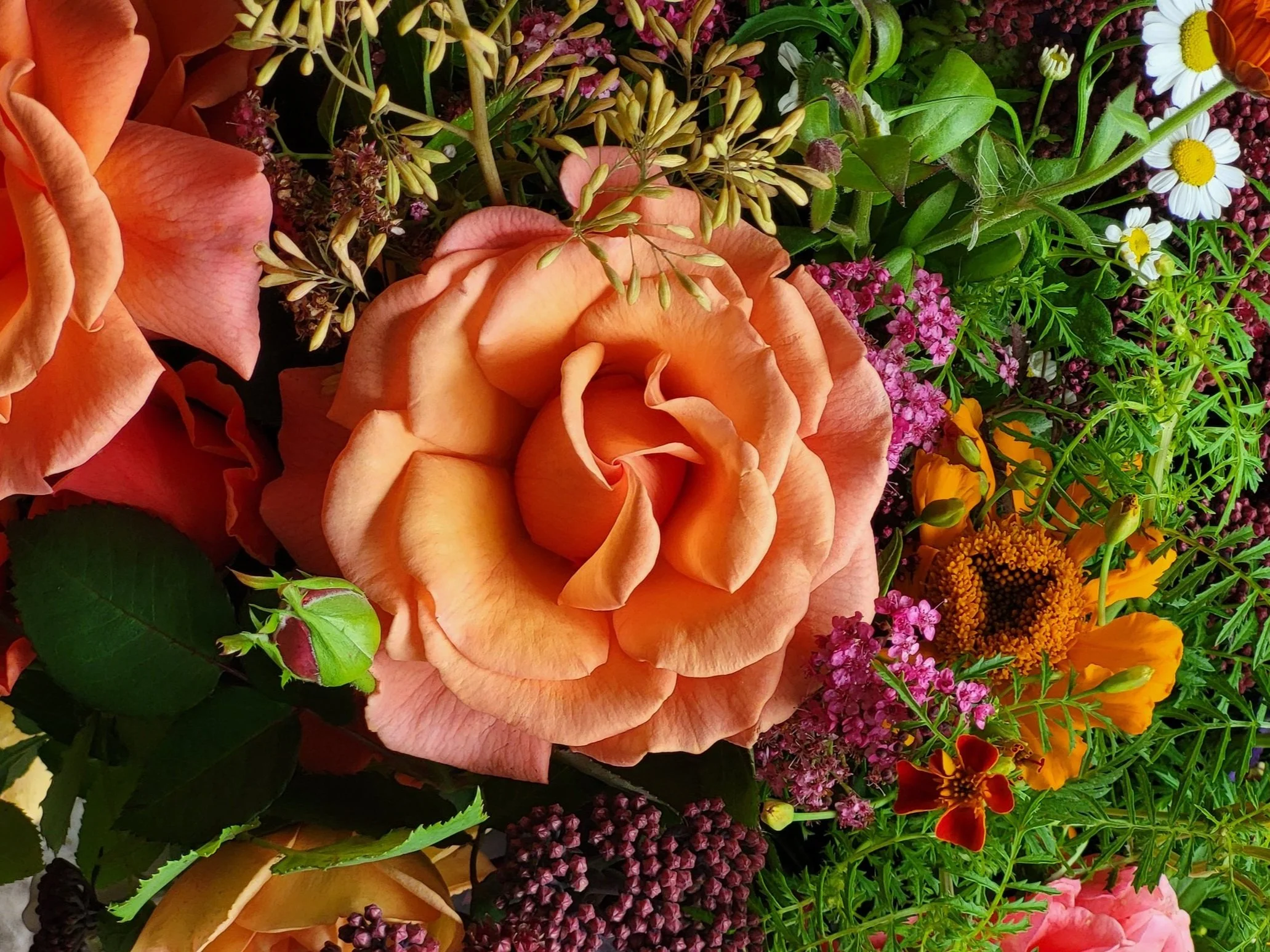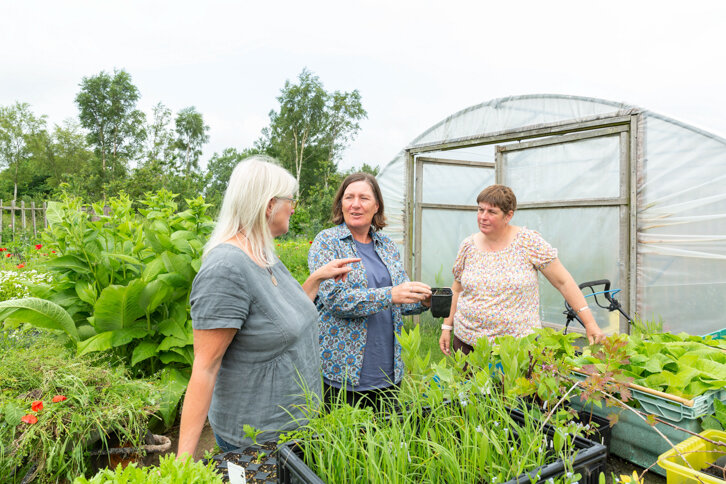When we started working together to teach other flower farmers, we really had no idea that we’d end up with a successful online teaching business. It’s been 7 years well spent, collaborating and sharing, working with growers to help them become more efficient, productive and profitable. We’re very proud of what we’ve achieved and the positive impact we’ve had on the availability and quality of locally grown flowers.
The time has come for change however. Carol and Paula are restructuring their flower farm businesses to account for changes in their personal lives and Claire has other projects she wants to develop. Support for our current students continues until August 2024, but our business partnership will cease in March 2024, although our friendship is lifelong and we’ll be messaging each other about plants forever!
So, what’s going to happen to The Business of Selling Flowers?
After discussing the options at length, we’ve decided to sell the business. It would be a shame for the learning and approach we’ve developed to just cease, so we’re hoping that an individual, a new partnership or grouping, will look at what we’ve created and want to take it further. The flower farming community is vibrant, forward thinking and progressive, with huge scope for learning and development. We’d love The Business of Selling Flowers to continue to be part of the landscape of flower farming for years to come.
What is for sale?
‘The Business of Selling Flowers’
Name, brand and current associated activity, which includes the following courses that are run by The Business of Selling Flowers
1. Introduction to Flower Farming – launched 2020, updated 2023
2. The Business of Growing Flowers – launched 2017, updated 2023
3. Rose Growing for Cut Flowers – launched 2018, updated 2023
4. Perennials for Cut Flowers – launched 2021
If you’re interested in taking on The Business of Selling Flowers, and would like more detailed information, contact us by email for a full prospectus of information, assets and financial info
carolclairepaula@thebusinessofsellingflowers.com














